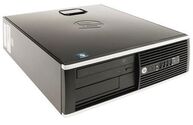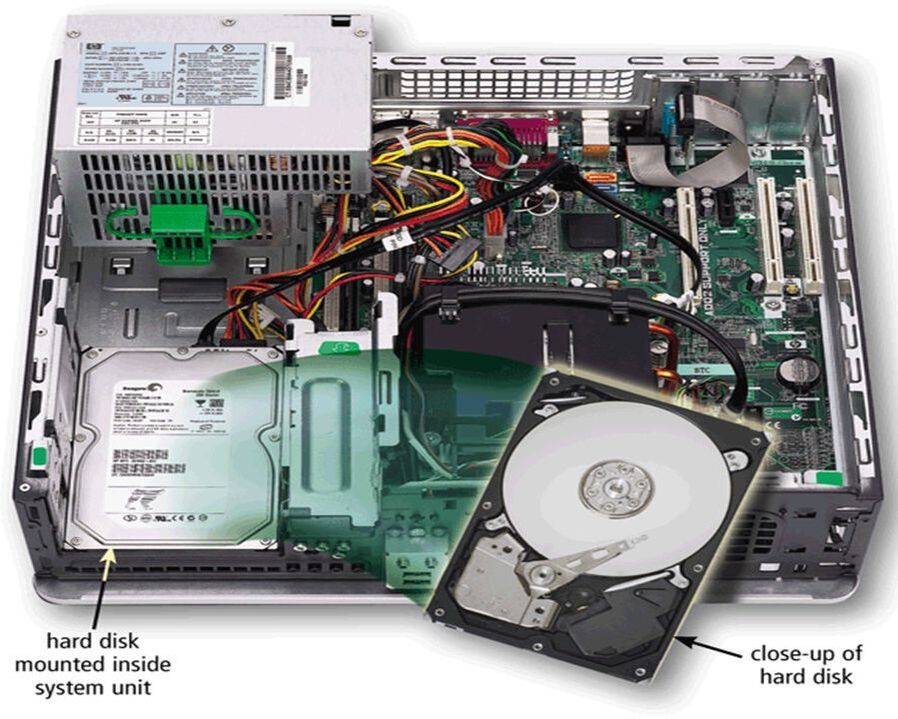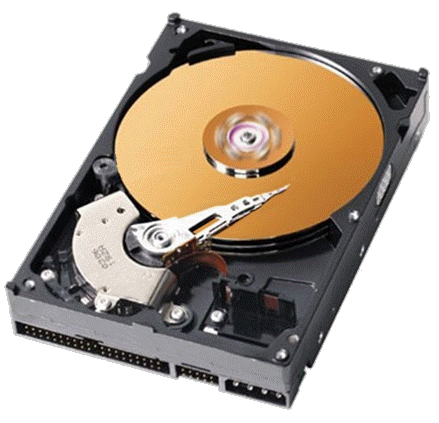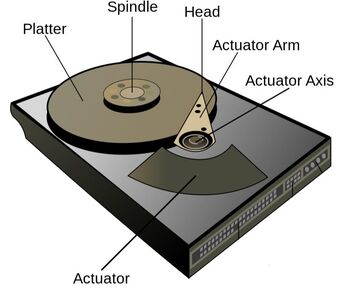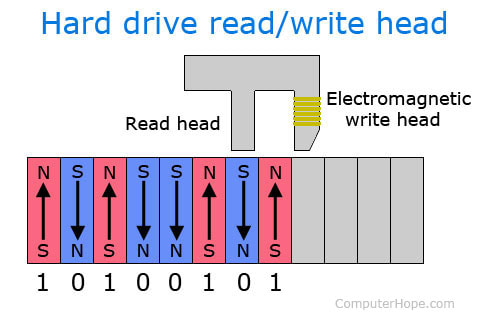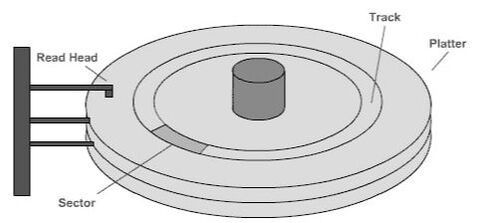Magnetic had disk drive
Computers have a (secondary) storage device called a disk drive, It is where all your apps are stored. There are currently two types of storage device, the magnetic hard disk drive and the solid state disk drive.
Magnetic had disk drive labelled
How does it work when I click save?
|
Loading Magnetic hard drive
